These slender, stacked cabins by Santiago-based Croxatto & Opazo Arquitectos are shaped by a set of challenging constraints: a limited budget, steep slopes, and blustery coastal winds.
"It was an interesting exercise in how to propose good architecture with scarcity," says co-founder Felipe Croxatto. He and his partner, Nicolas Opazo, were commissioned by two young couples who sought to build neighboring, nature-focused holiday homes that could be rented out on Airbnb under the Maralto brand.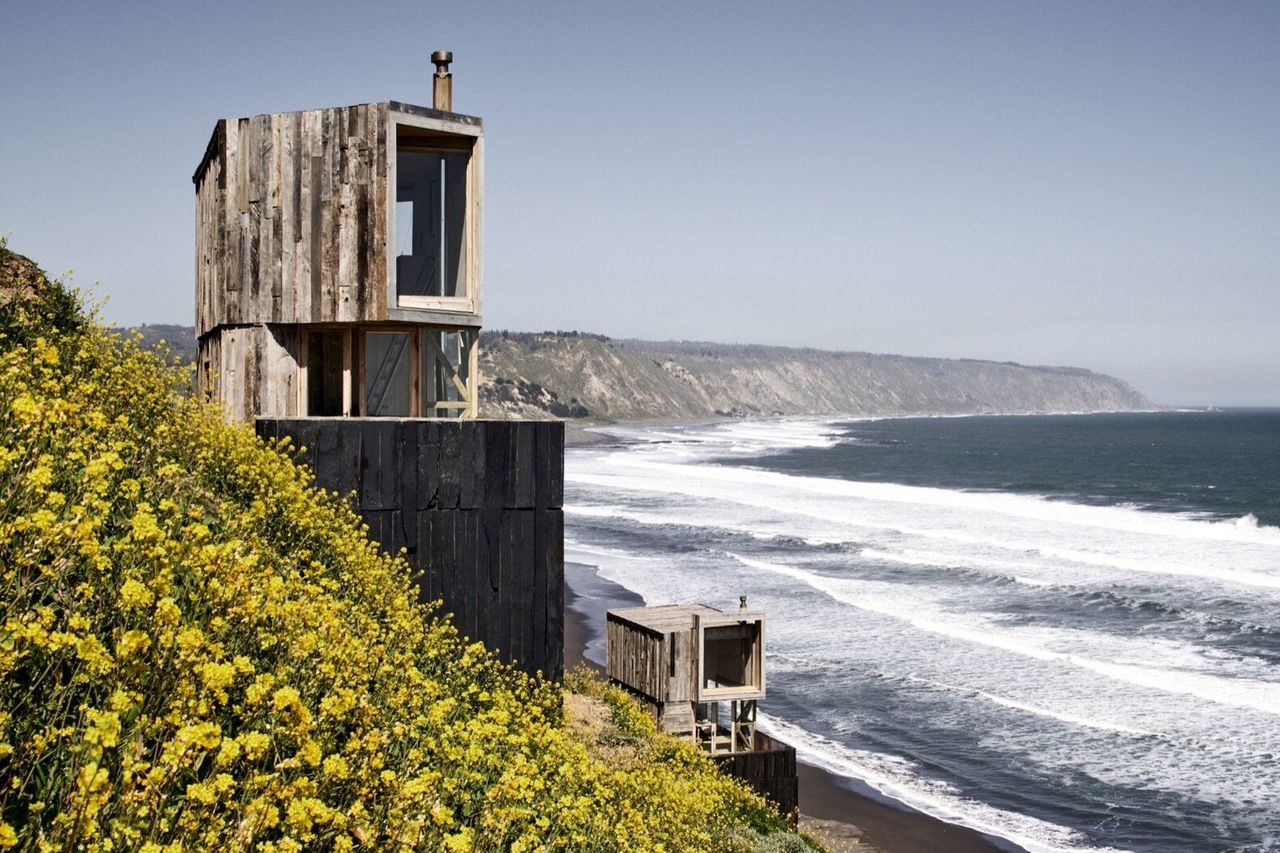
Located within walking distance to the coastal village of Matanzas, the two Maralto cabins are named La Loica and La Tagua after local bird species.
Steep trails provide access to the beach. The famous kitesurfing beach Pupuya is a 10-minute drive away.
To minimize costs for the foundations, Croxatto and Opazo built upwards by strategically stacking a series of timber cubes to optimize ocean views and protect against strong winds. "Since the footprint is small, we created a double-height space to expand the interior and make the building feel bigger than it appears," notes Croxatto. "This strategy makes it look like a great tower looking out over sea."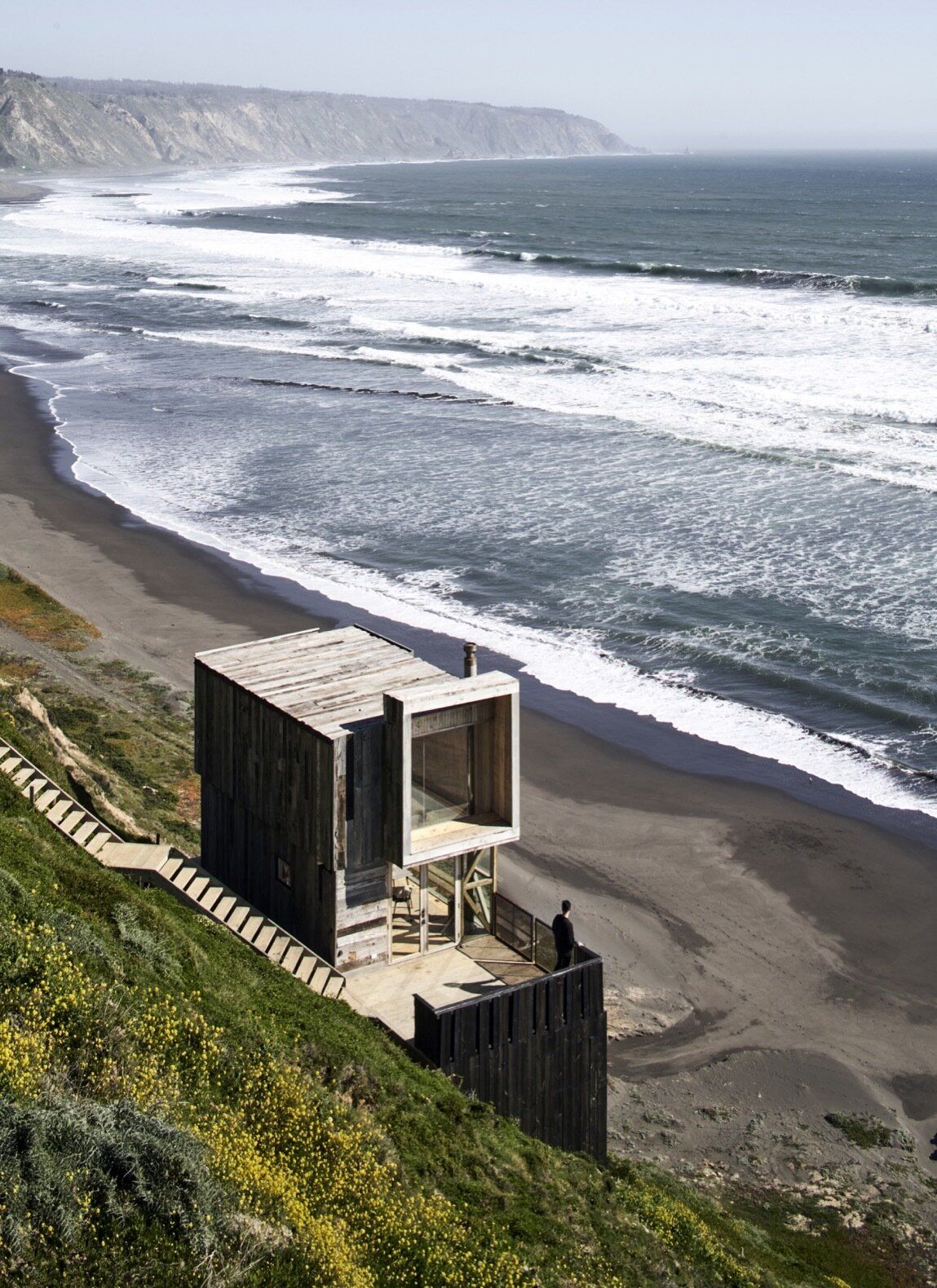
Both cabins are elevated on wooden pillars about 260 feet above sea level.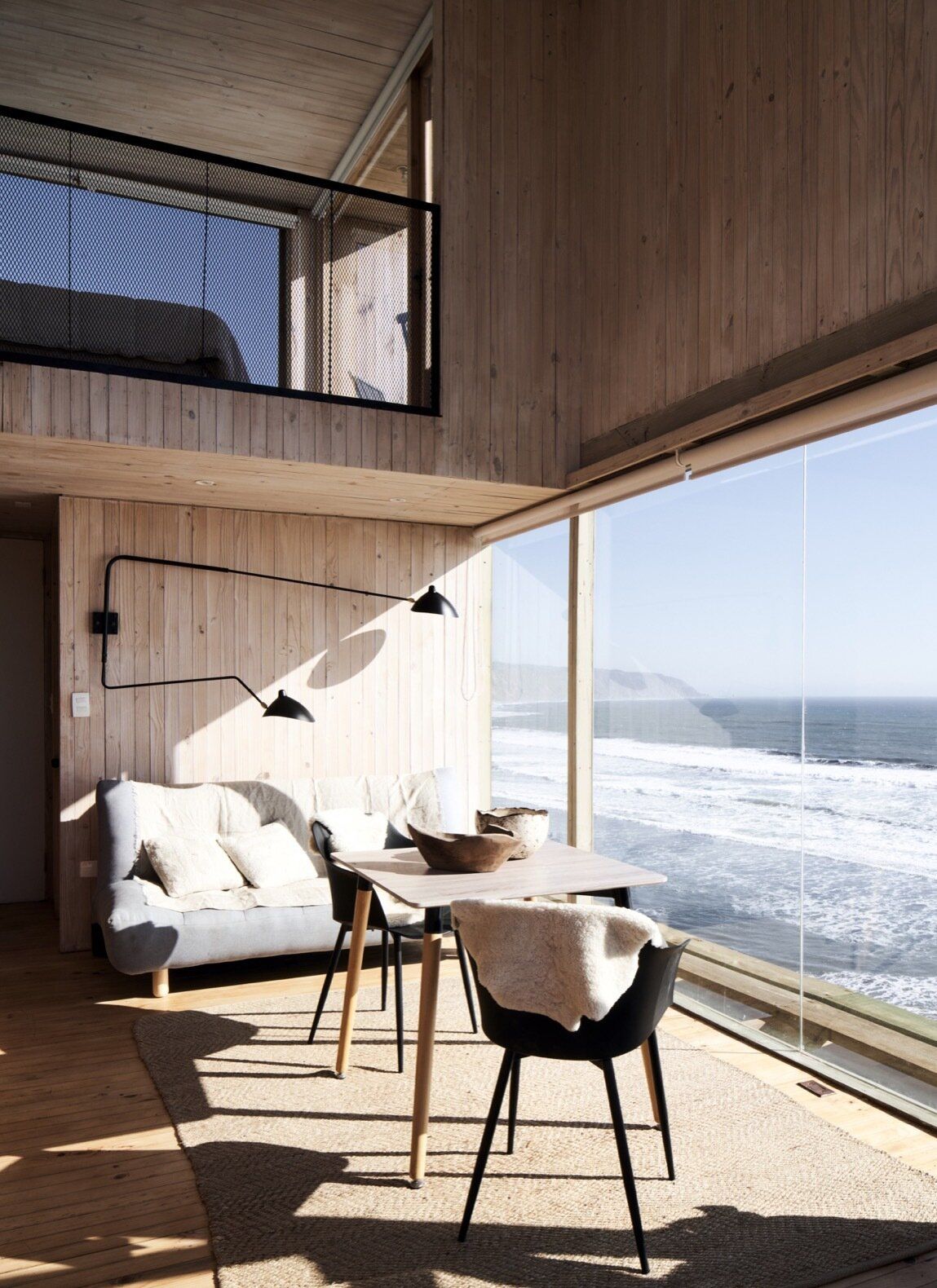
"On the first floor, we decided to open the cabins up to views with a floor-to-ceiling window that connects the living area to the sea," explains Felipe Croxatto. "In the second-floor bedroom, we frame select views through smaller windows."
One of the main challenges was getting materials to the steep hillside, which initially lacked road and utility access. In the beginning, the design team worked off-grid with a water tank and electric generator as they sourced three types of local timbers. "Matanzas produces wood, so it’s a very easy material to get at an affordable price," says Croxatto.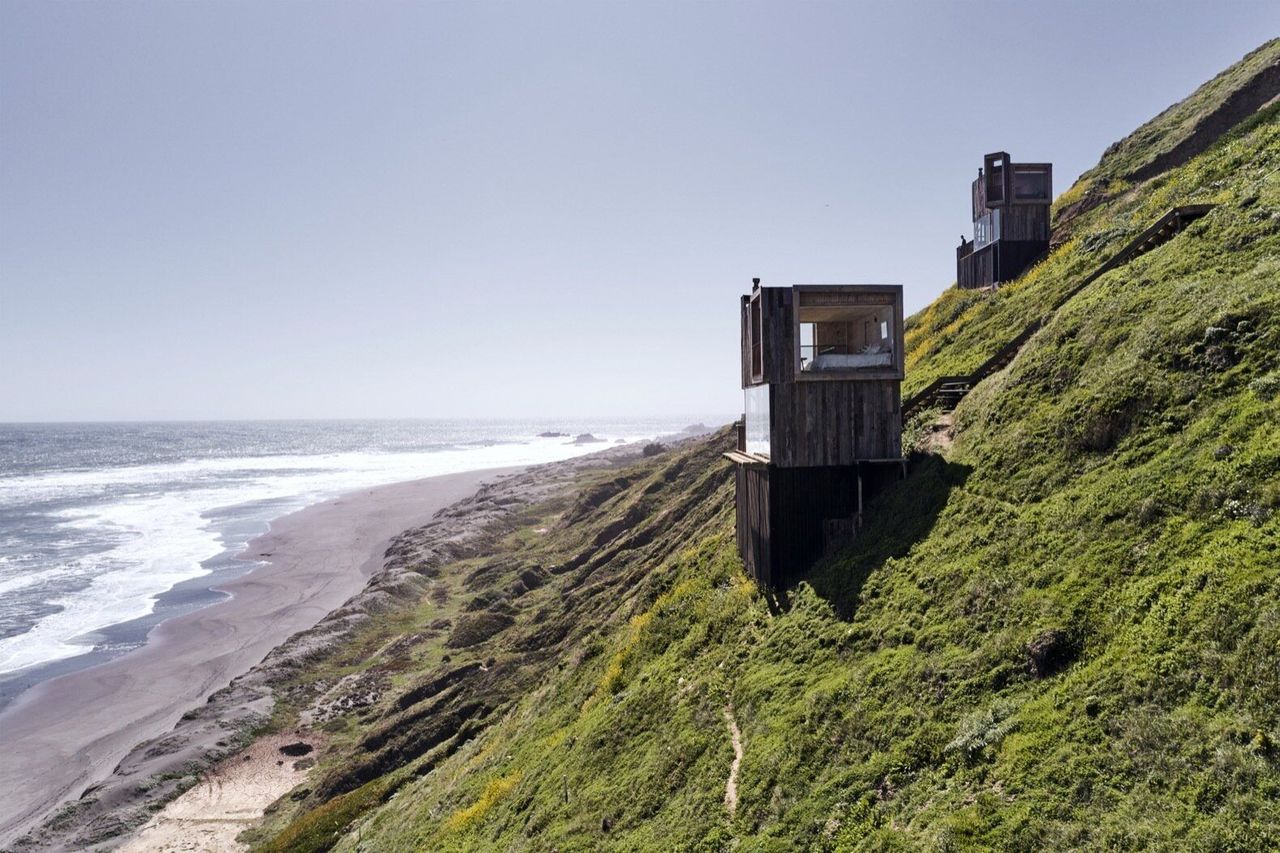
The 269-square-foot La Tagua cabin, seen on the left, is set downslope from the 204-square-foot La Loica cabin and is connected to the main road by three flights of stairs. 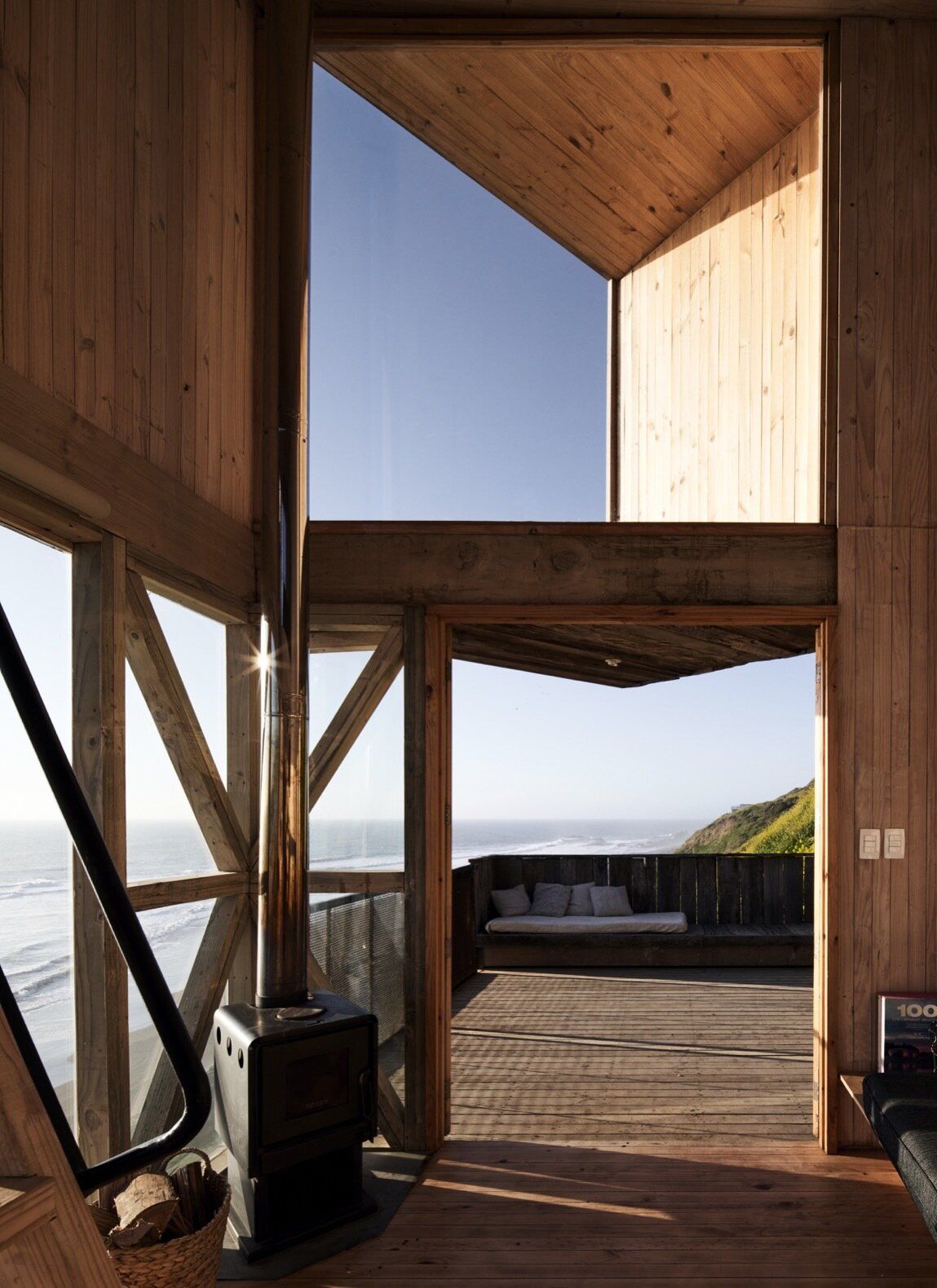
"The biggest problem was the windows," says Croxatto. "They could only be installed on days without wind, and as you can see, the main facade doesn’t have a ledge-so they were inserted from the rooftop to their final position. This took many days to complete."
The architects built the structures and supportive pillars from pressure-treated, chamber-dried pine, which they selected for its durability in coastal climates. The buildings are clad with panels made from reclaimed oak railroad ties treated with petroleum oil for protection against corrosion.
The petroleum-treated reclaimed oak cladding was selected for its corrosion resistance and its rustic look, which helps the cabins blend into their surroundings.
The interior of each cabin is wrapped in light-colored pine treated with natural oil finishes. The layouts are also similar-each cabin has an open-plan living/dining/cooking space on the ground floor, with a lofted sleeping space above.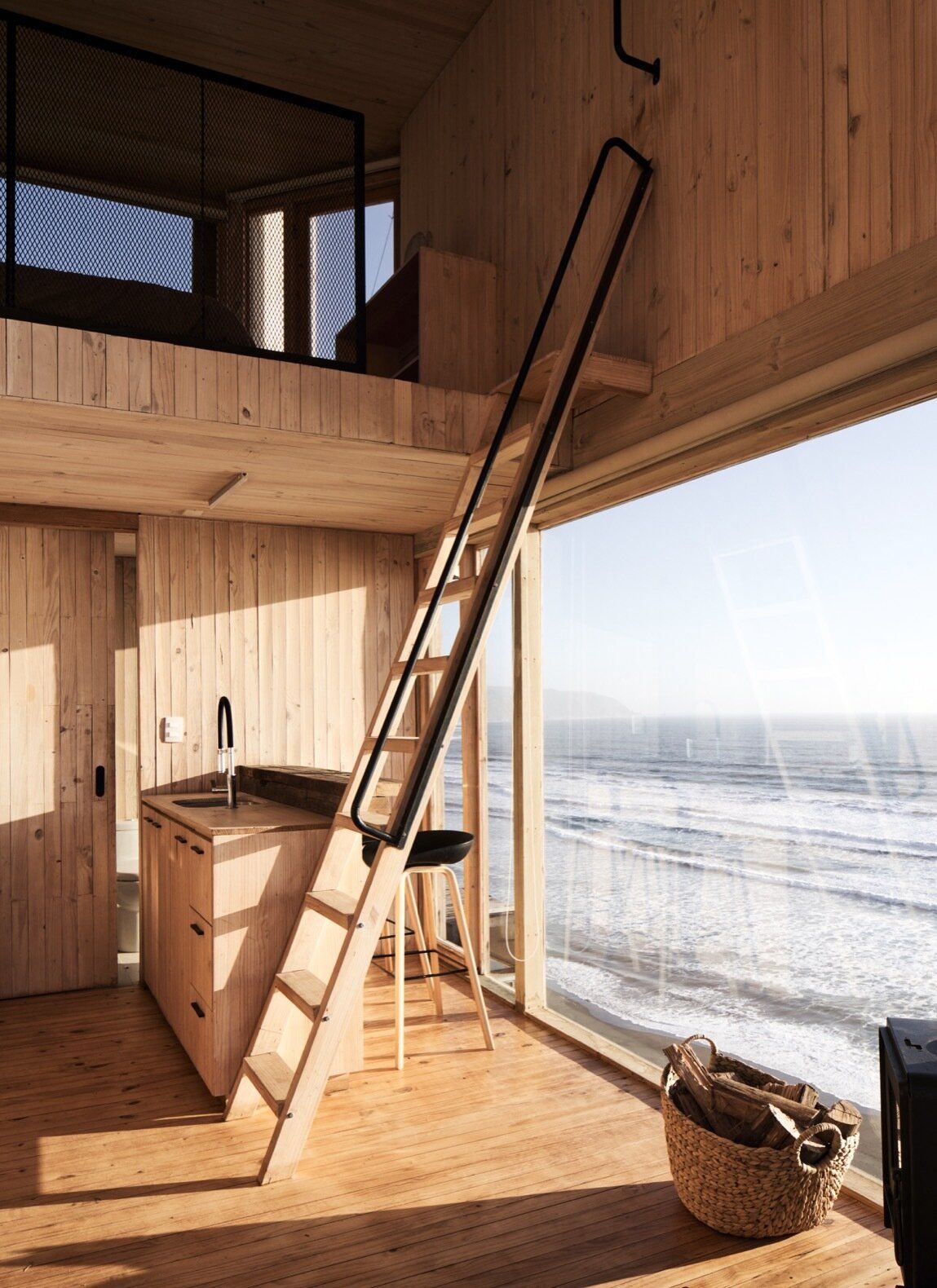
A wooden ladder leads up to the loft bedroom. A wood-burning stove provides heating.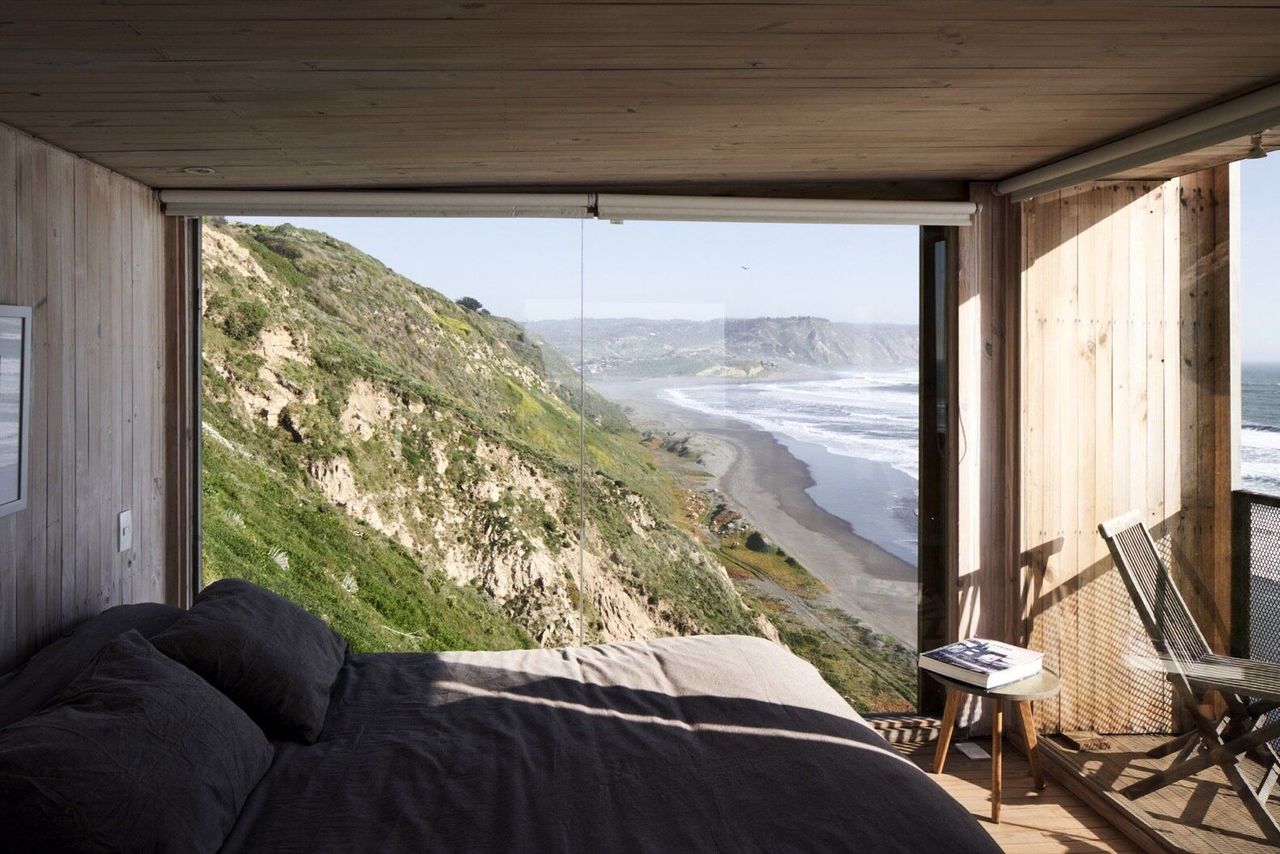
The bedroom in La Tagua faces views of the green slope to the south. The loft also includes a sheltered terrace and another small bed to the side.
Floor-to-ceiling windows, large glazed doors, and north-facing terraces connect each cabin to the spectacular site. All construction for the cabins-including utility and road access-was completed on-site in eight months.
"Every time the clients go to the Matanzas Maralto Cabins, they call to congratulate us on the great experience we created," says Croxatto. "We look back and remember all the challenges we overcame to achieve this result, and it makes us very happy."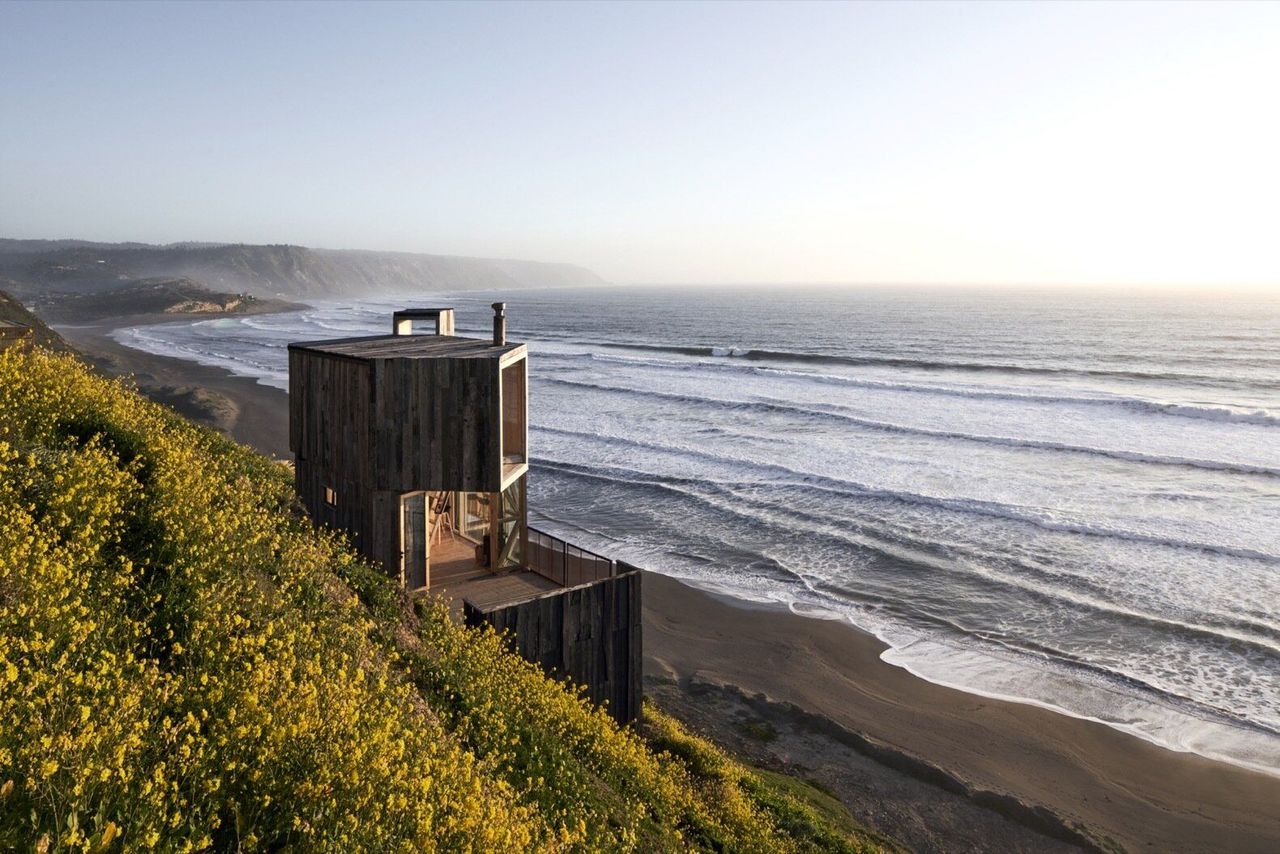
The outdoor terraces for both cabins face north for shelter against strong winds. 
The outdoor lighting is powered by solar energy. 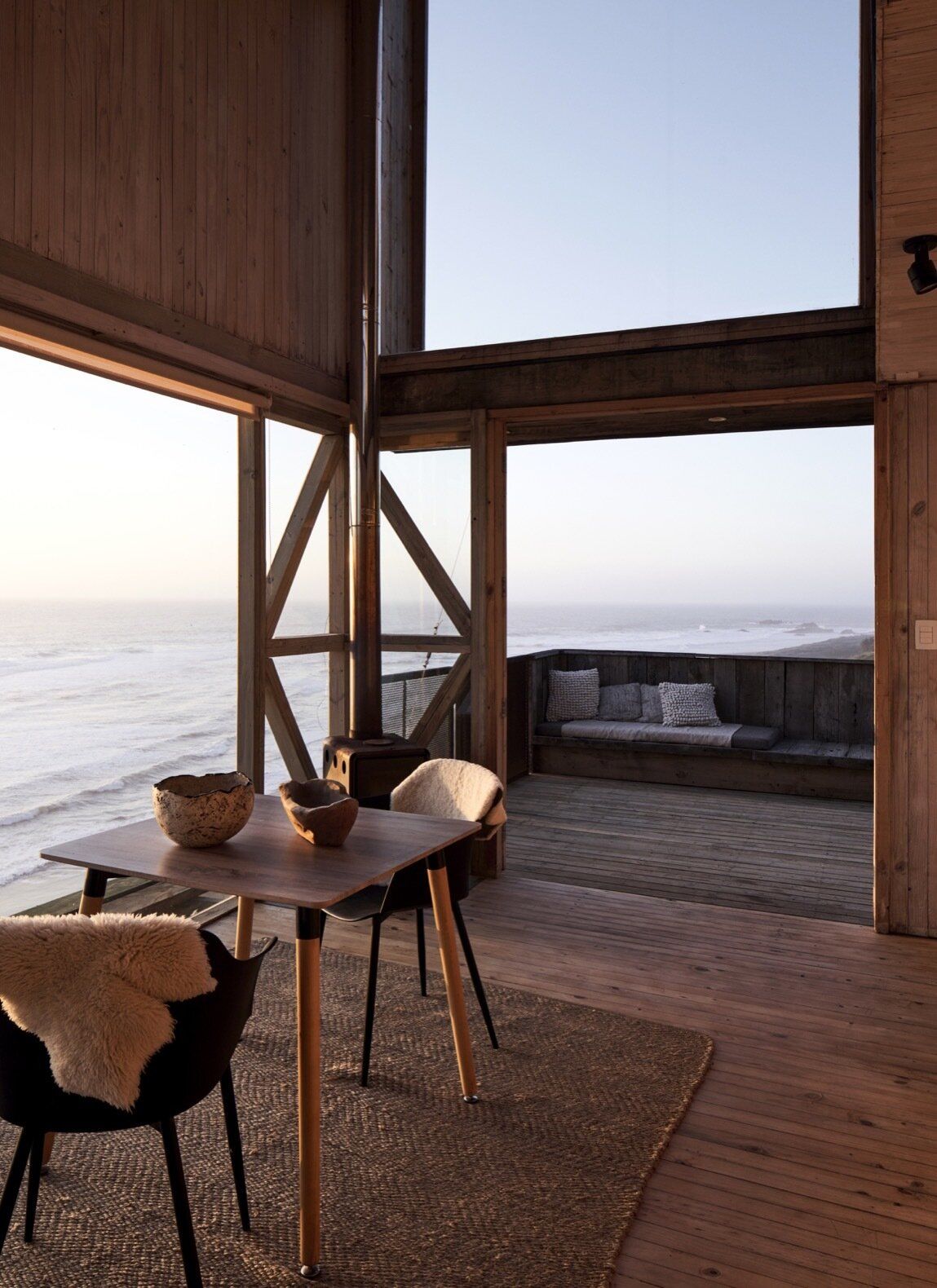
The cabins, which are available to rent on AirBnB, are outfitted with all the basic essentials needed for a private getaway. 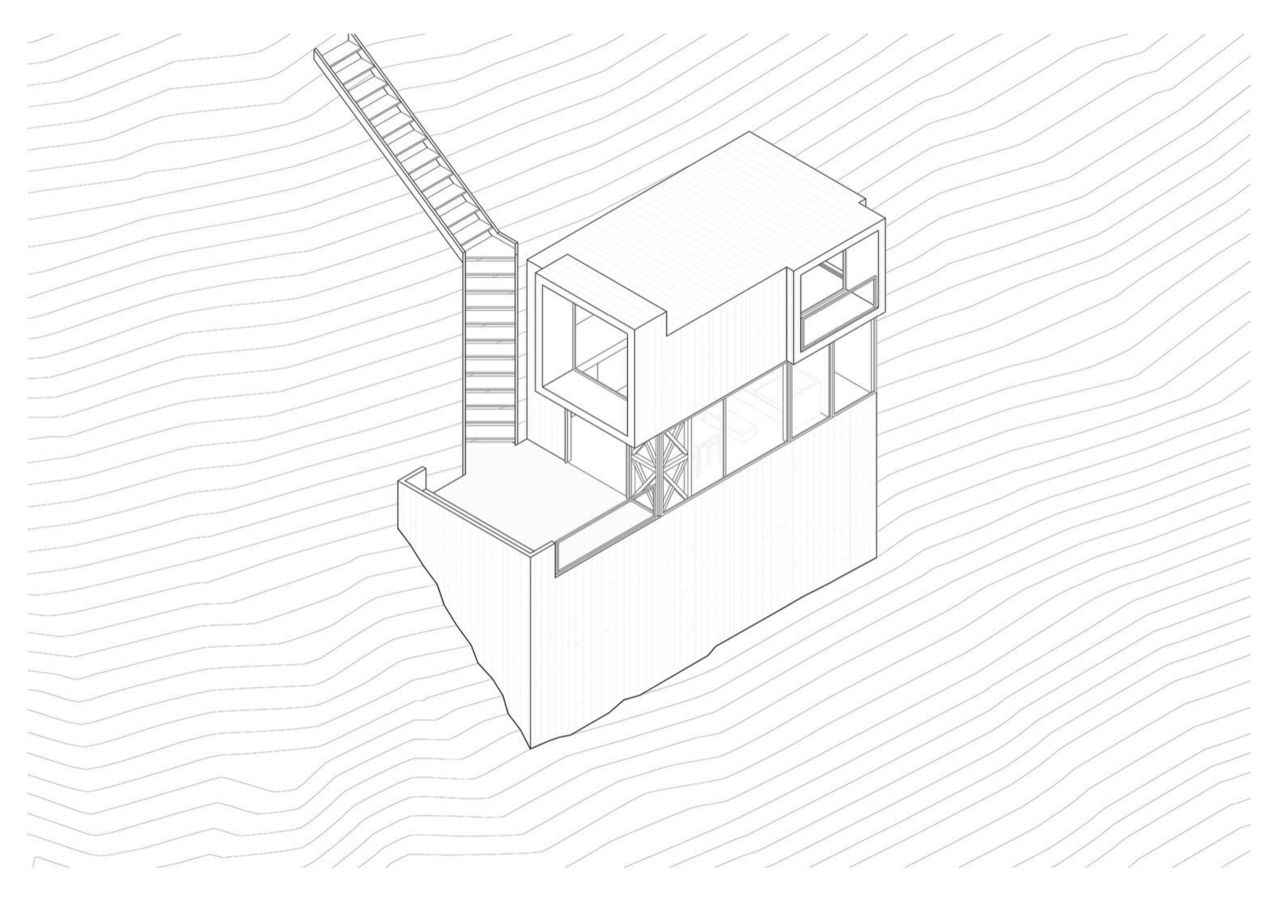
La Tagua axonometric diagram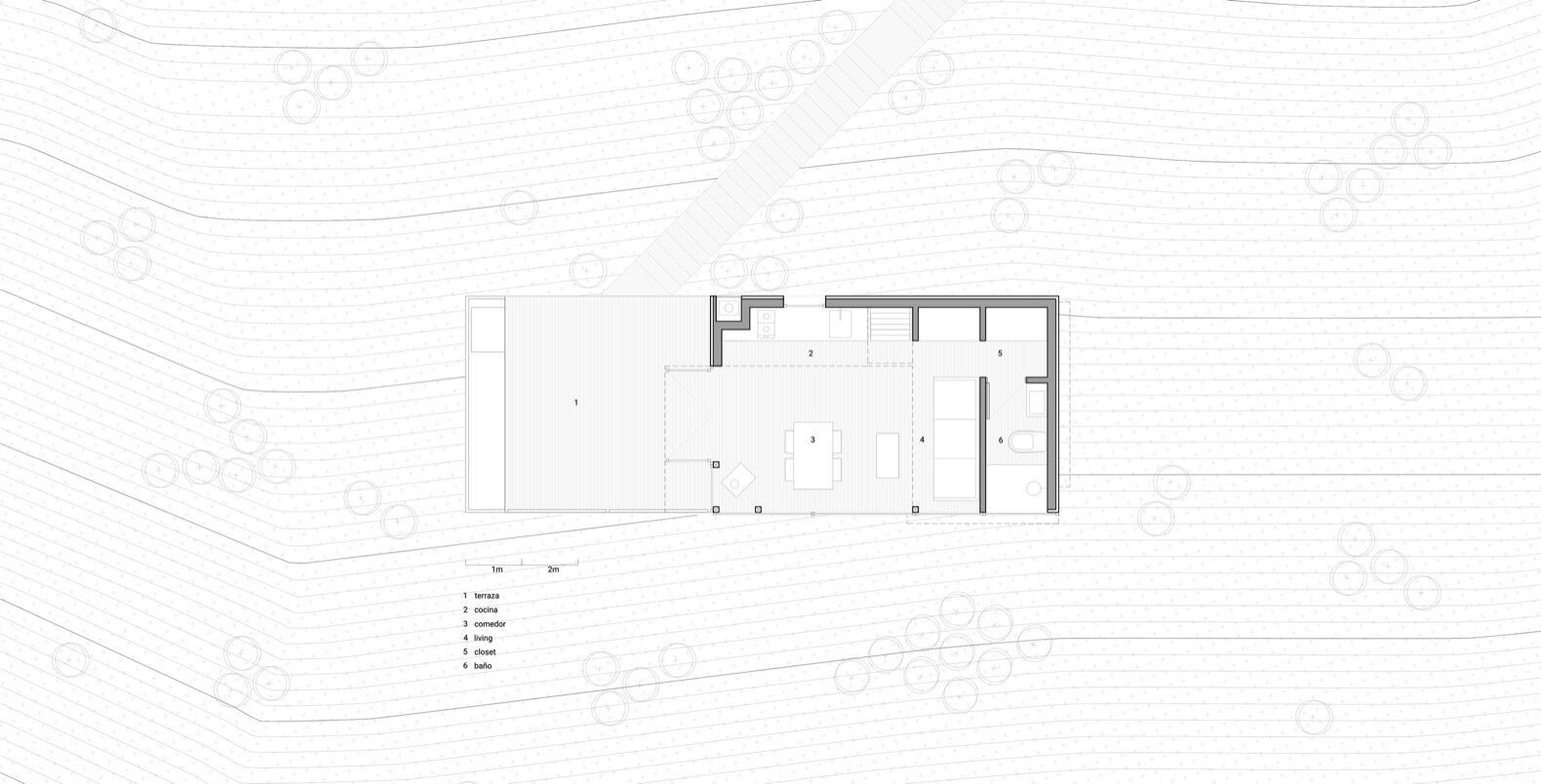
La Tagua ground floor plan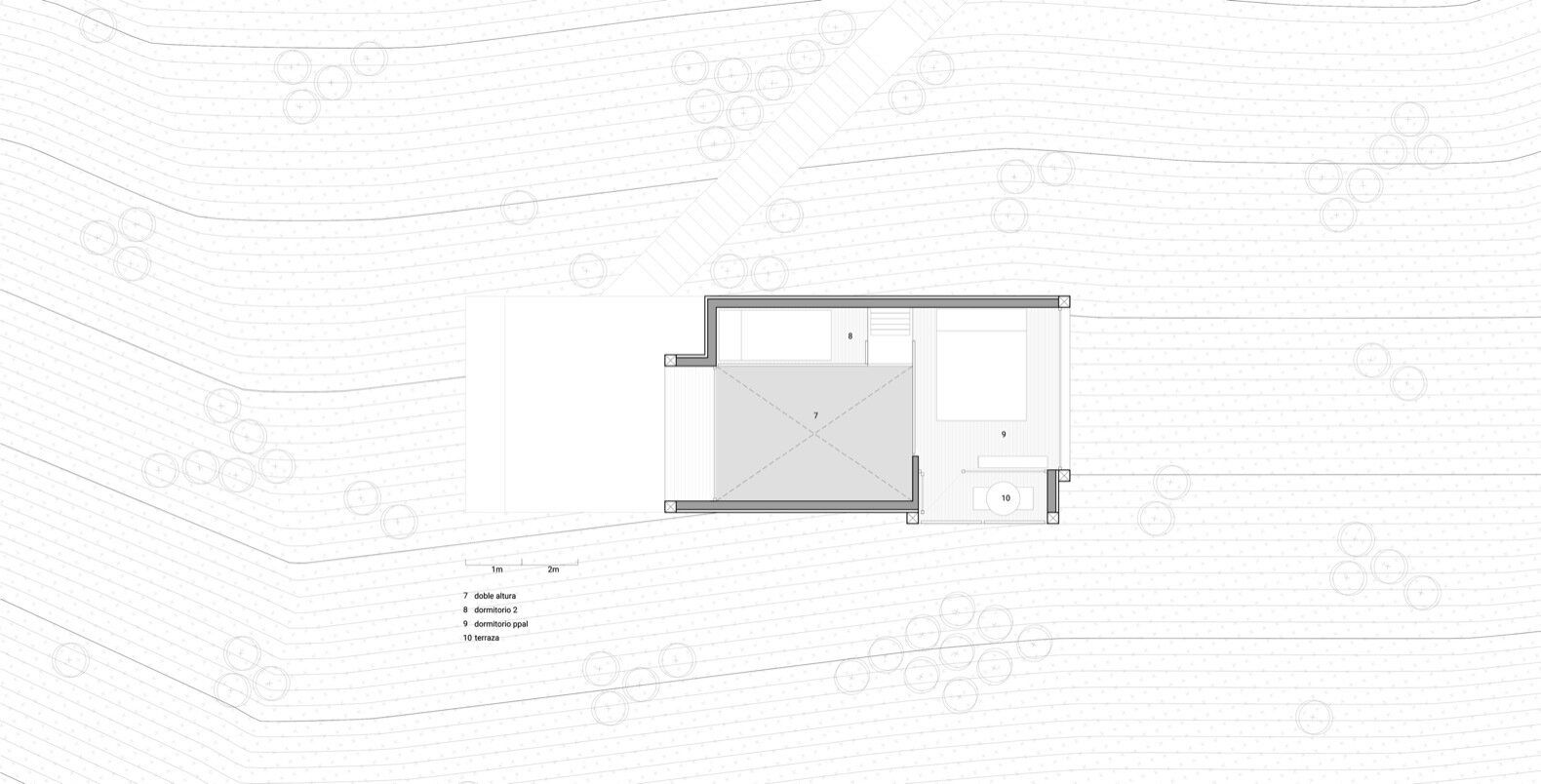
La Tagua loft plan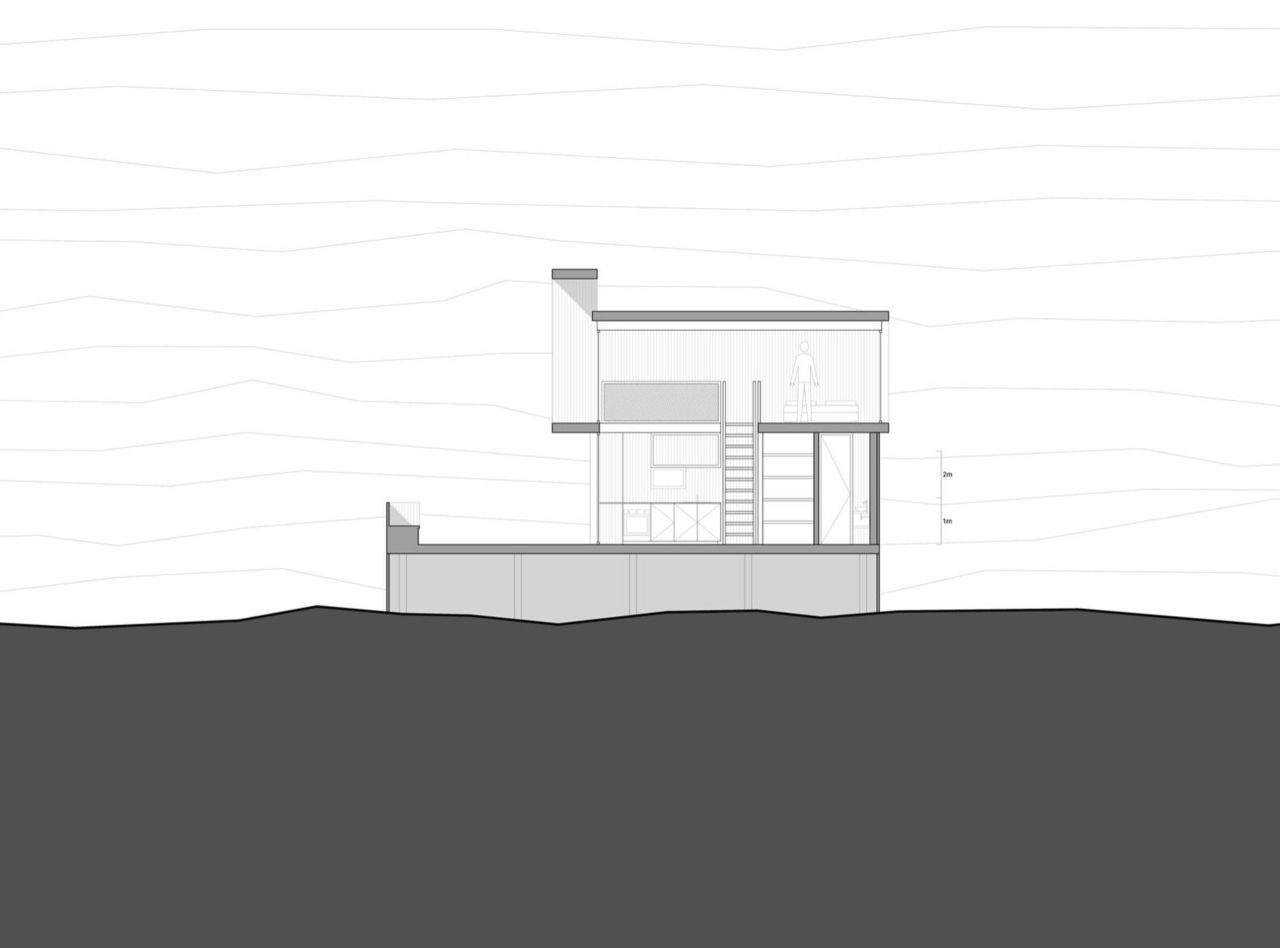
La Loica axonometric diagram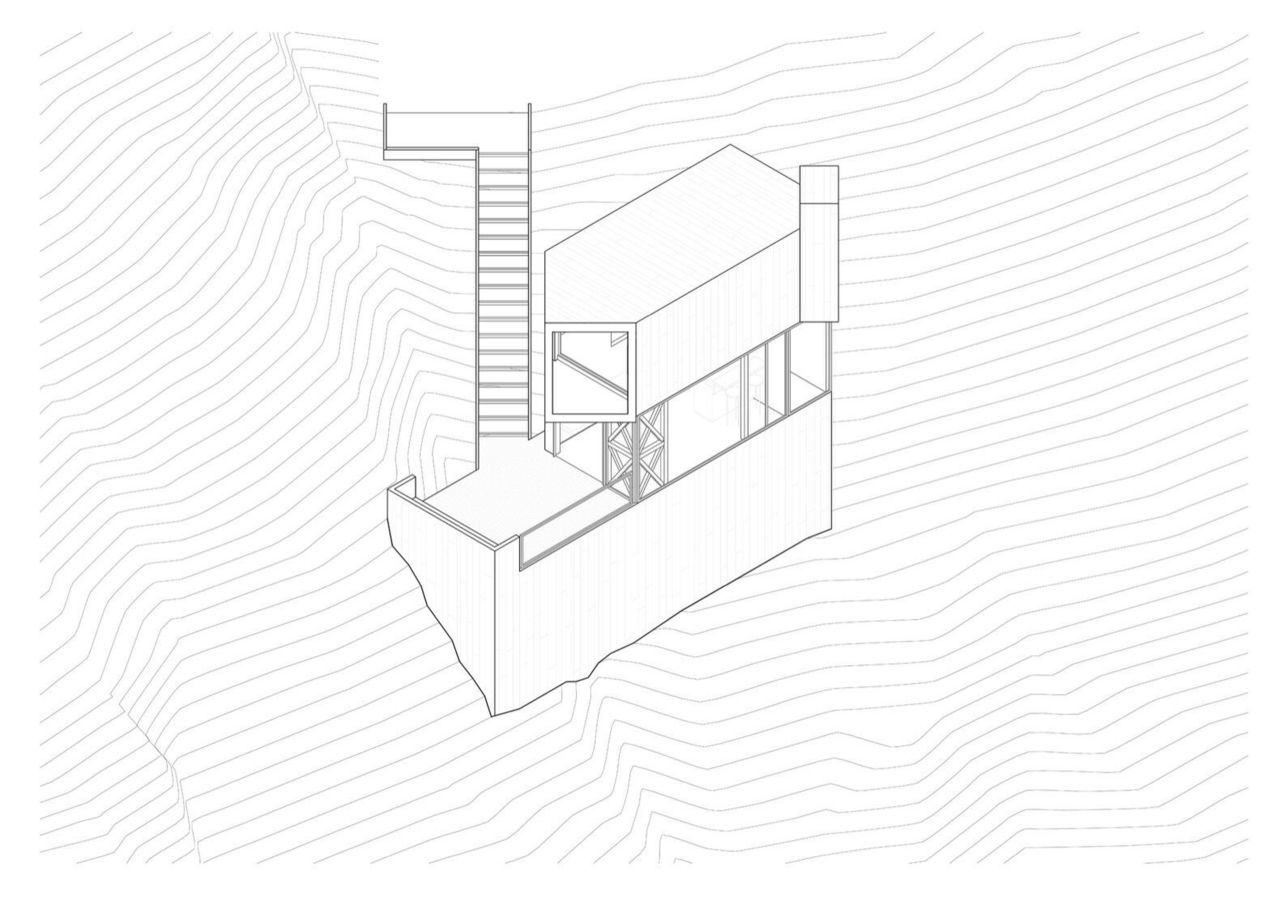
La Loica ground floor plan
La Loica section

Tropical Boho Homes With Beautiful Vignettes & Vistas
Two tropical boho home designs, featuring swimming pools, cozy lighting schemes, interior archways, natural accents, and beautiful decor vignettes.


![A Tranquil Jungle House That Incorporates Japanese Ethos [Video]](https://asean2.ainewslabs.com/images/22/08/b-2ennetkmmnn_t.jpg)









